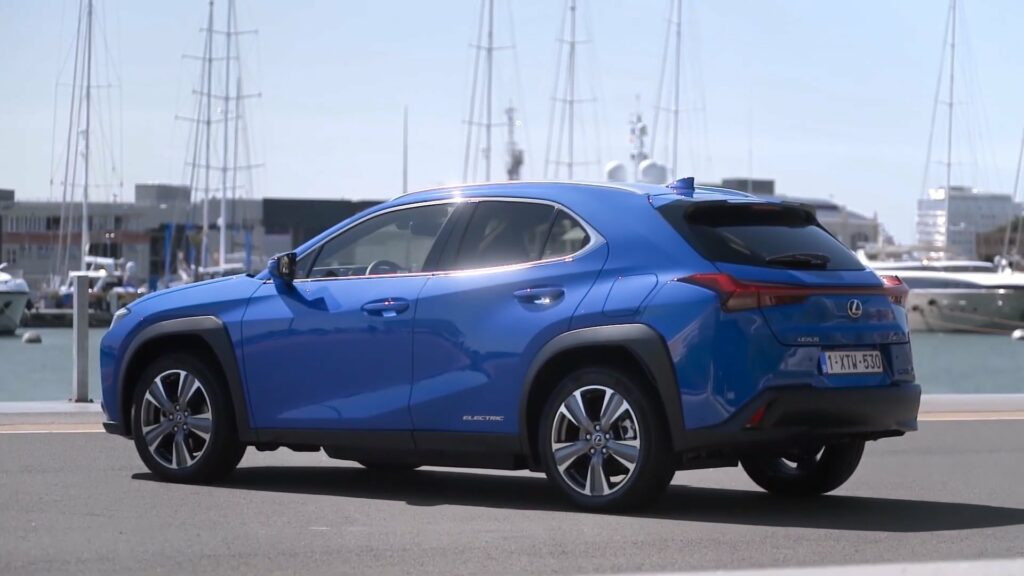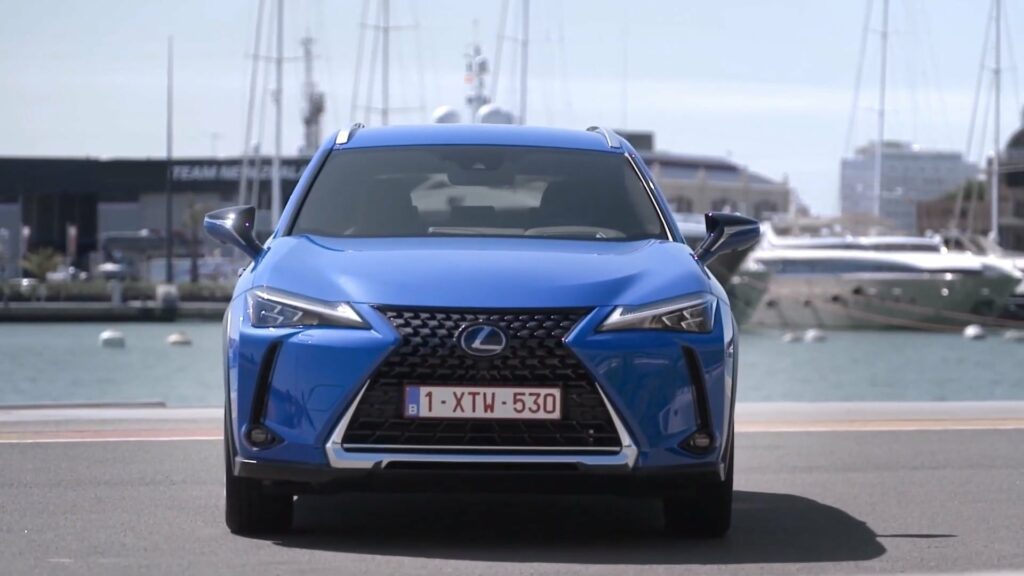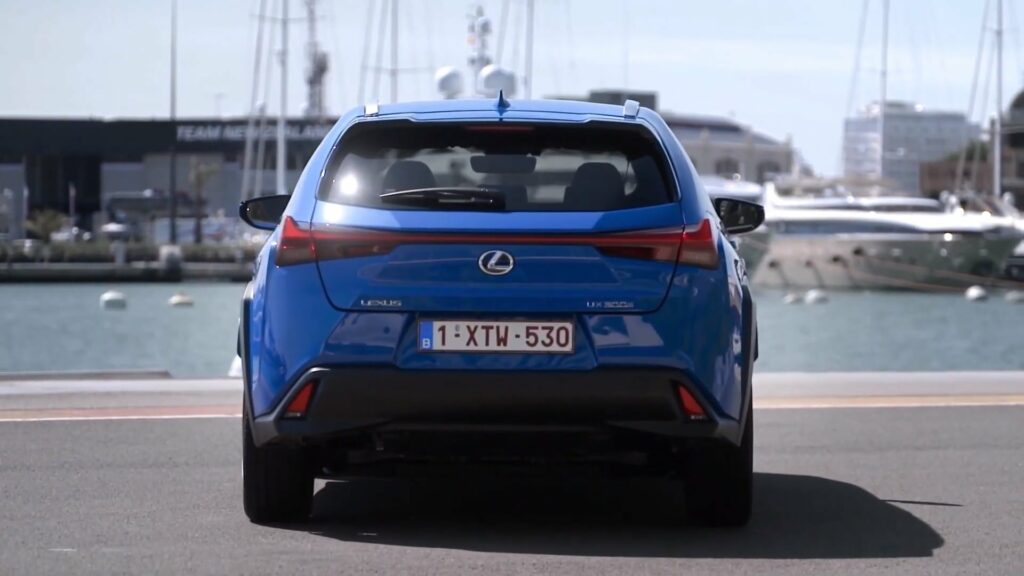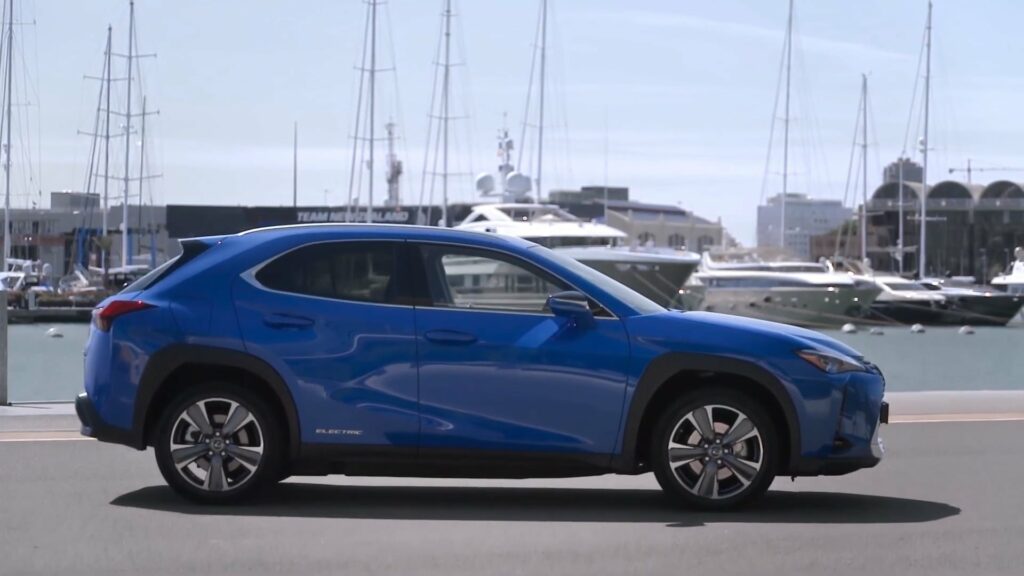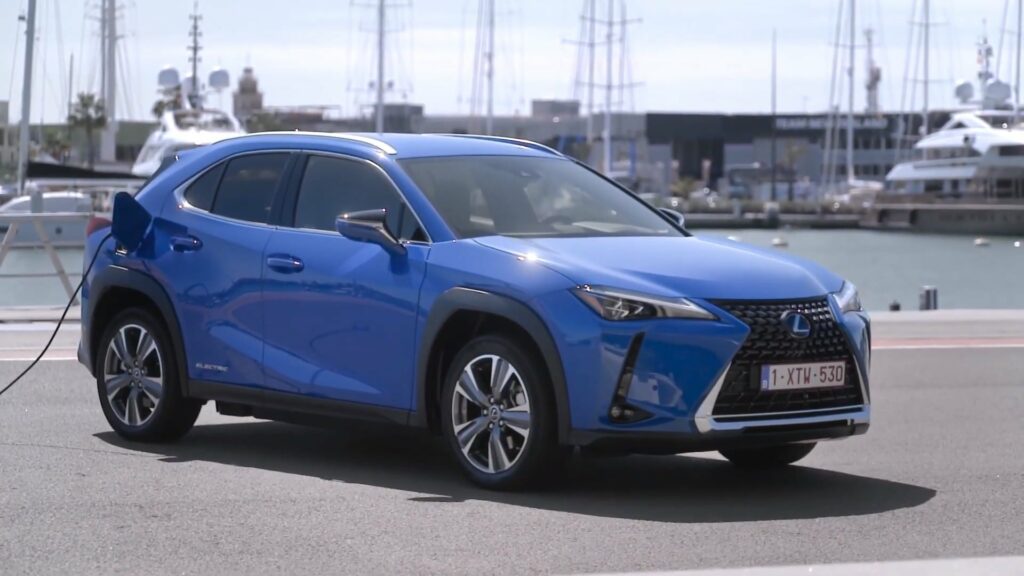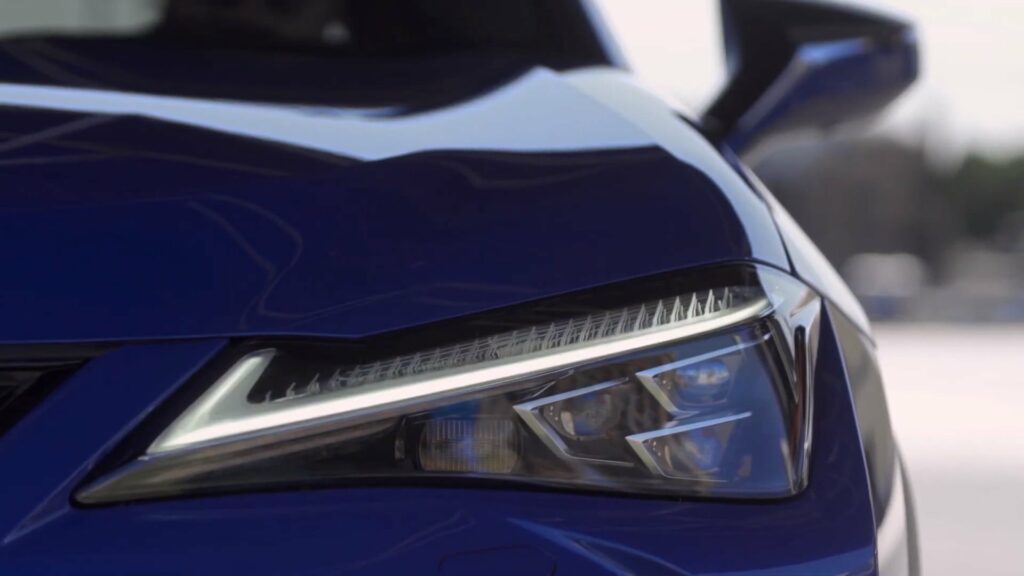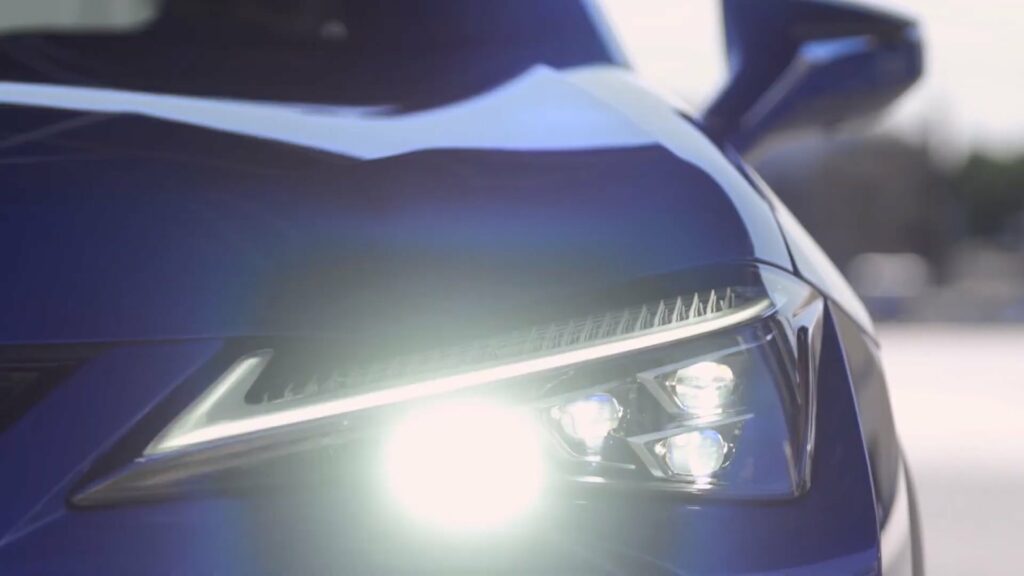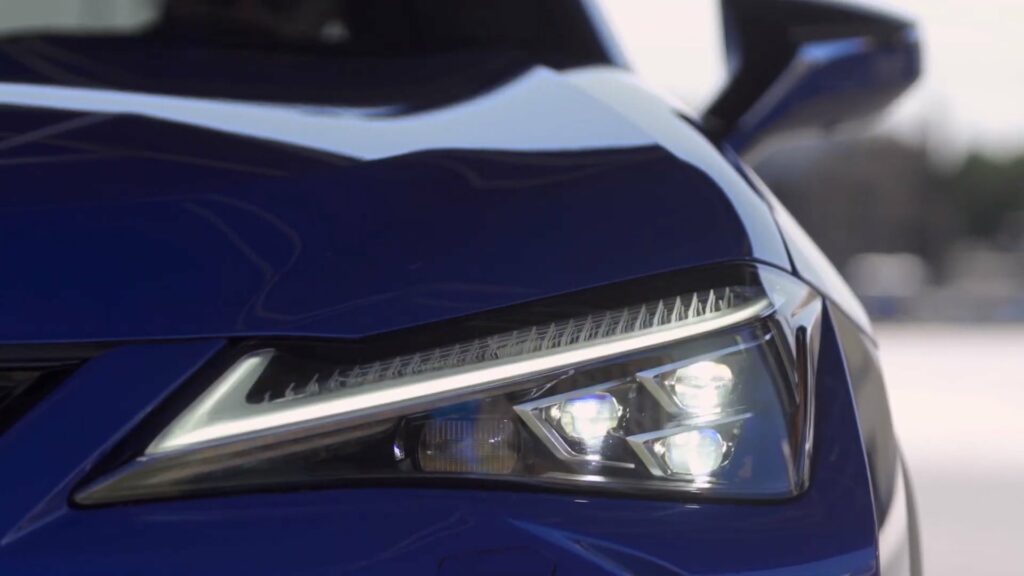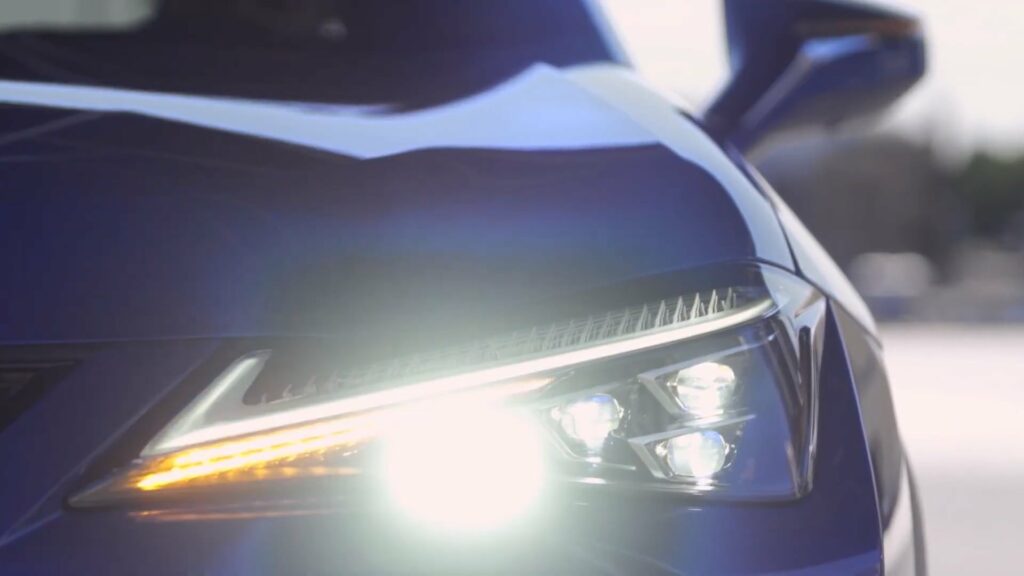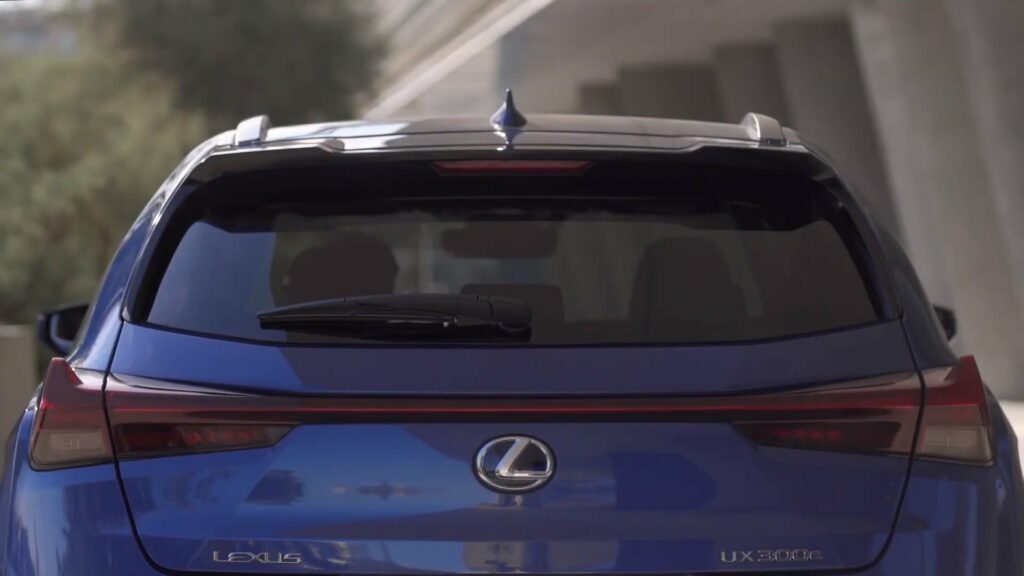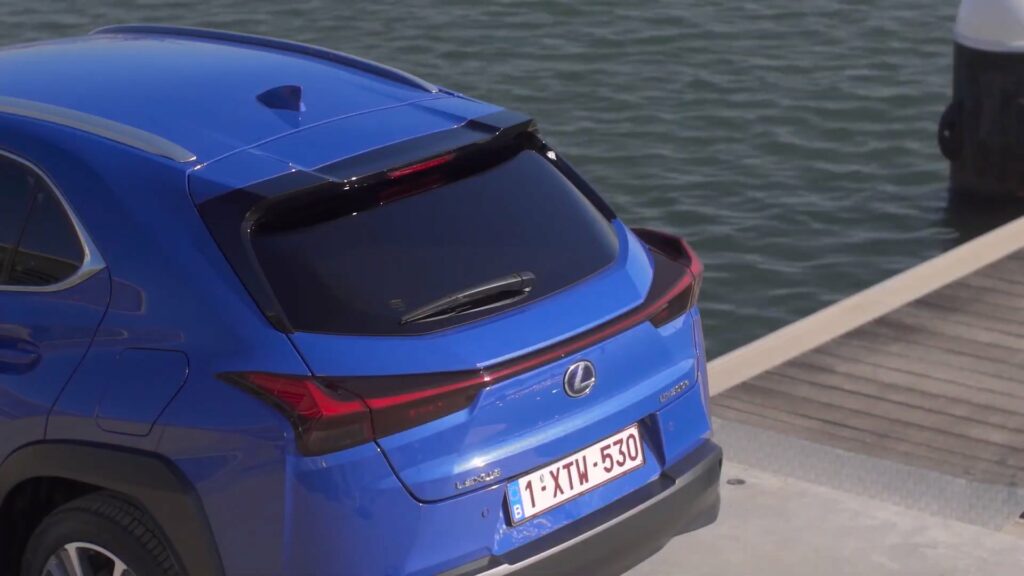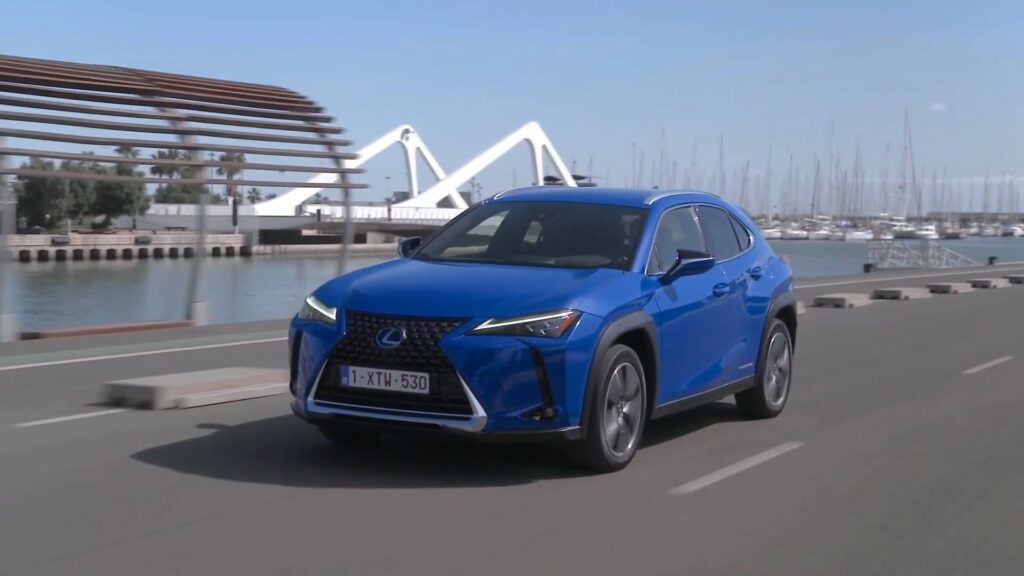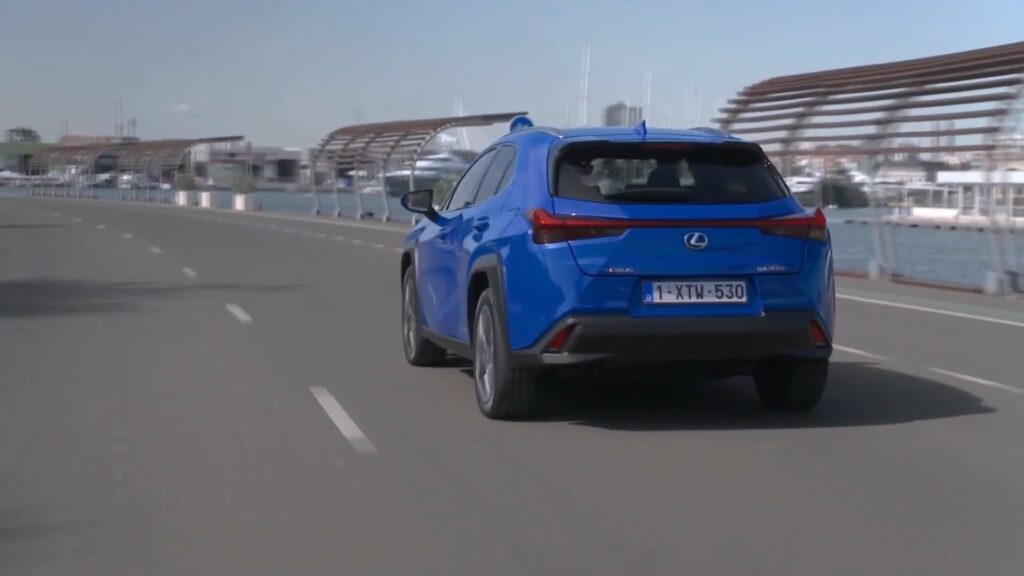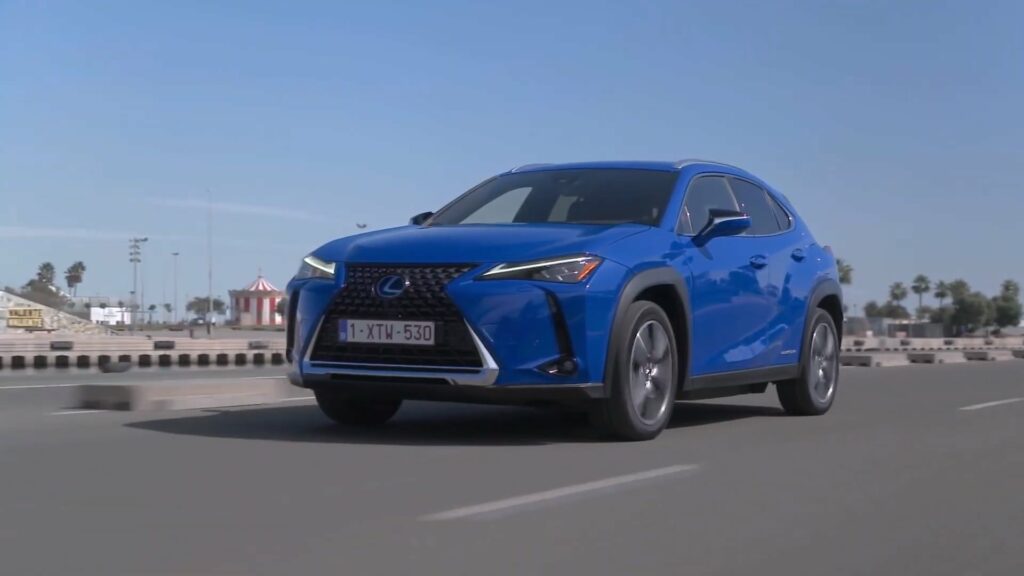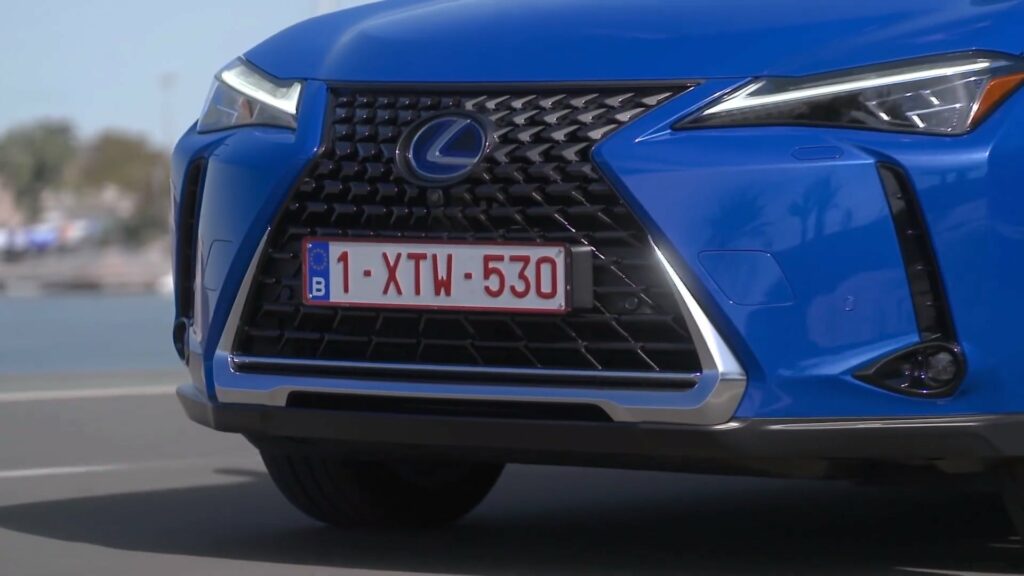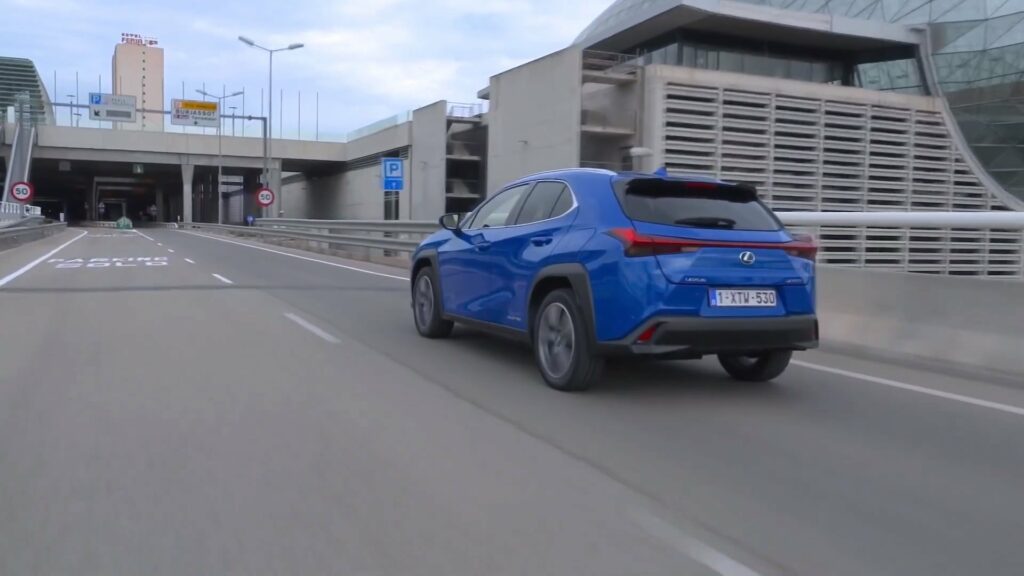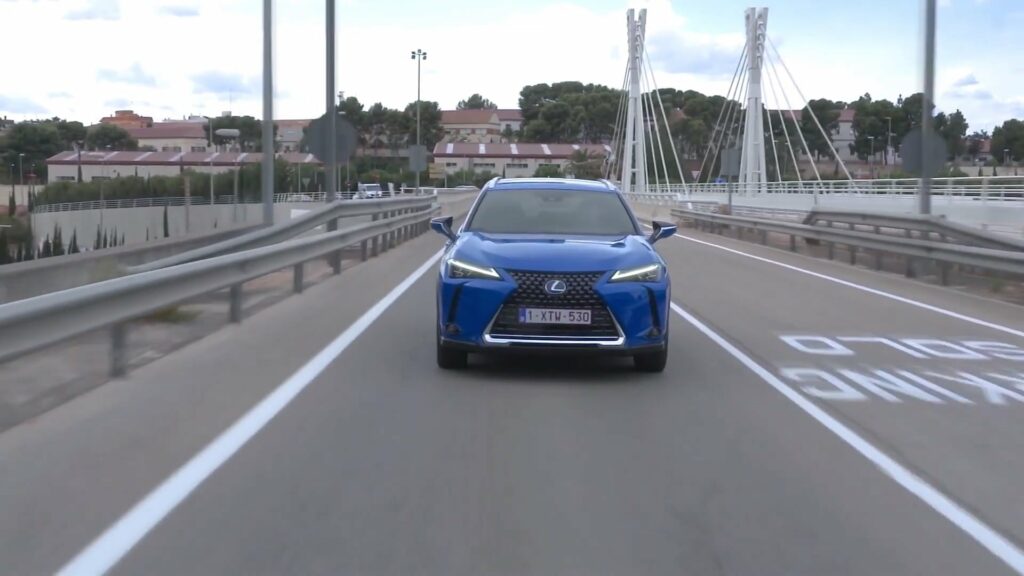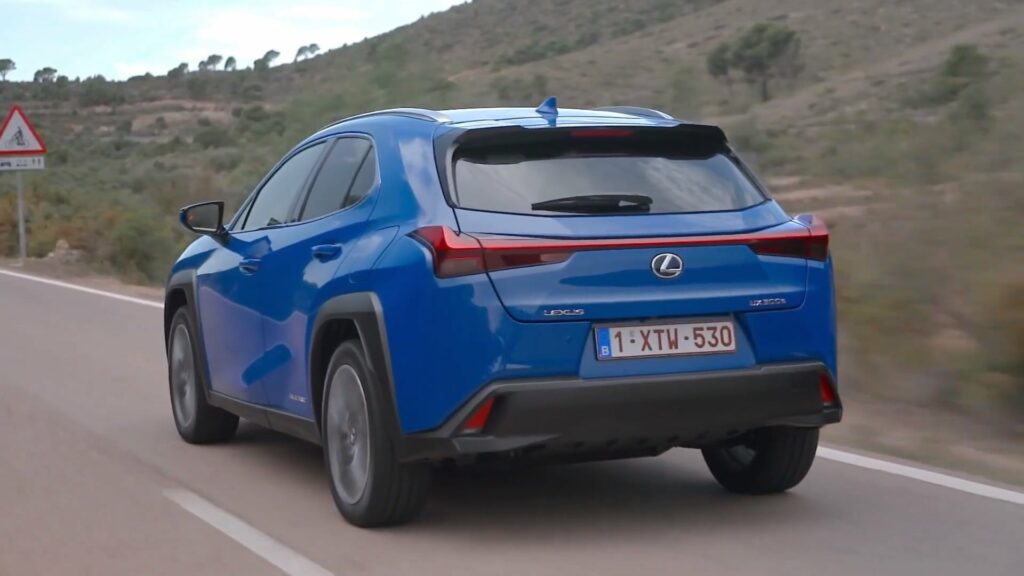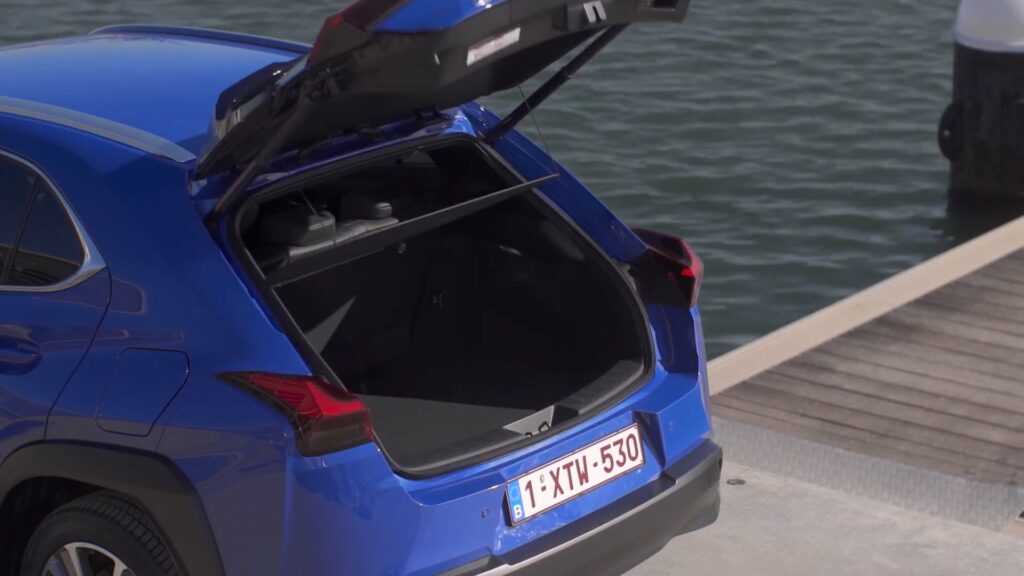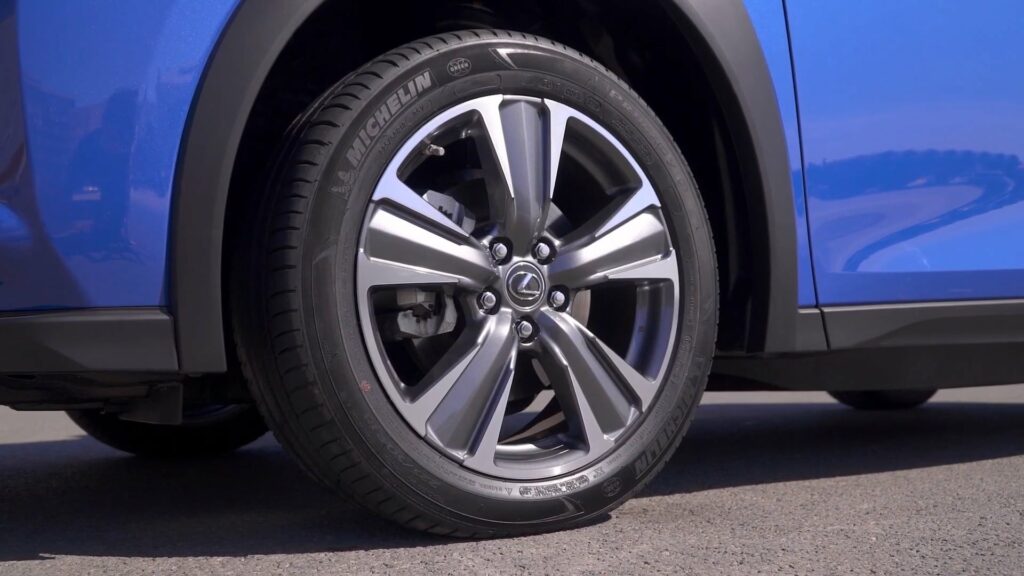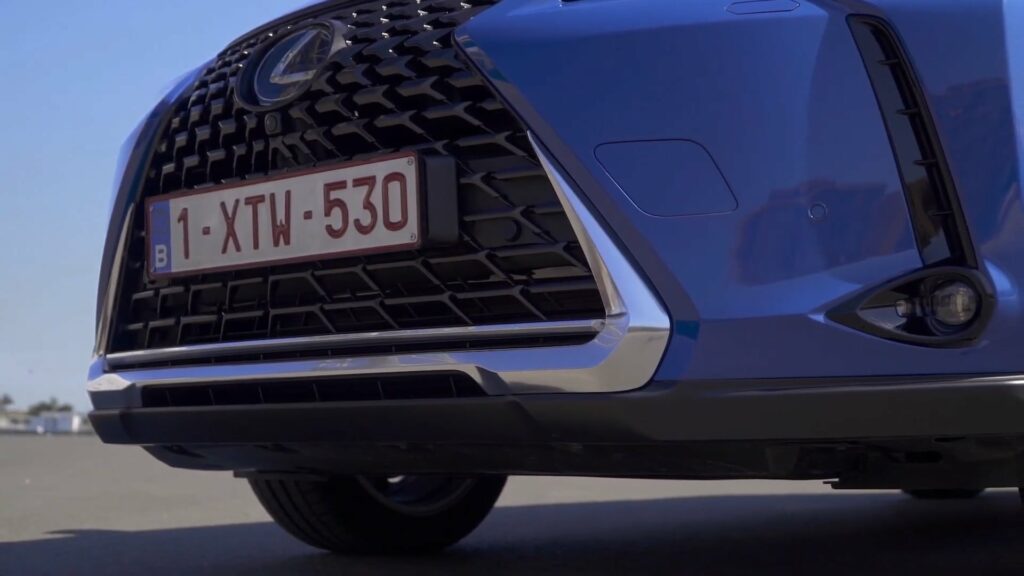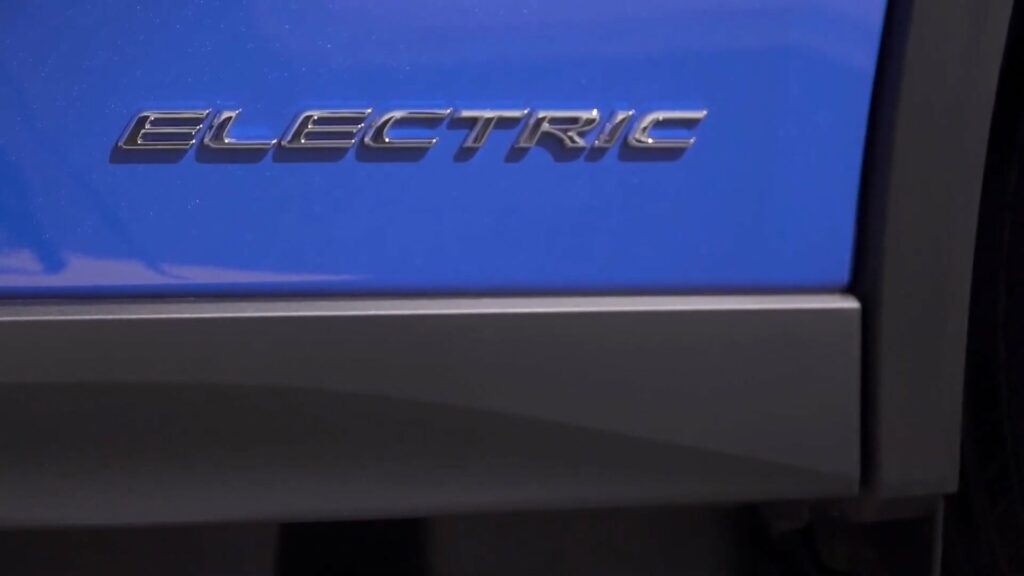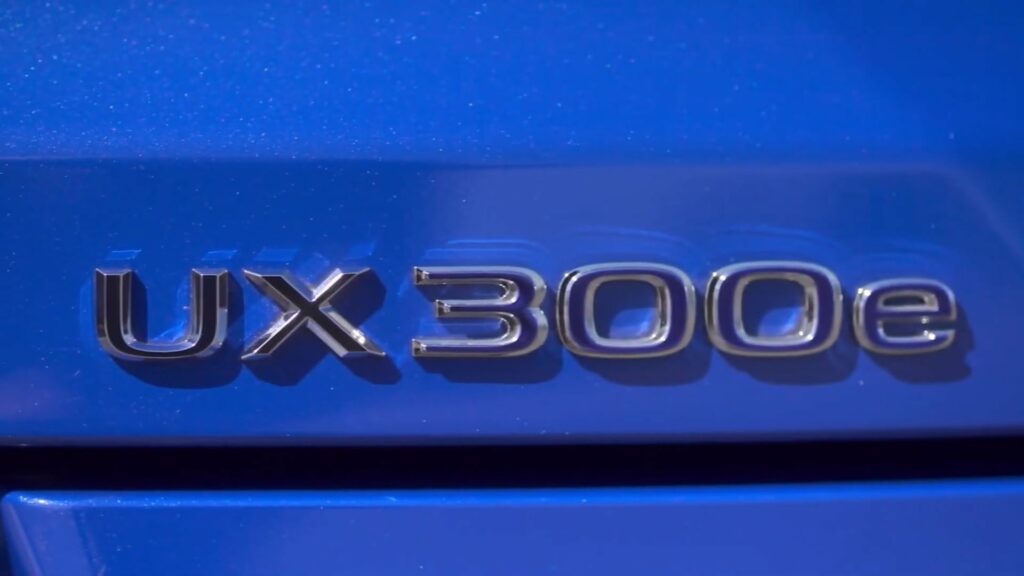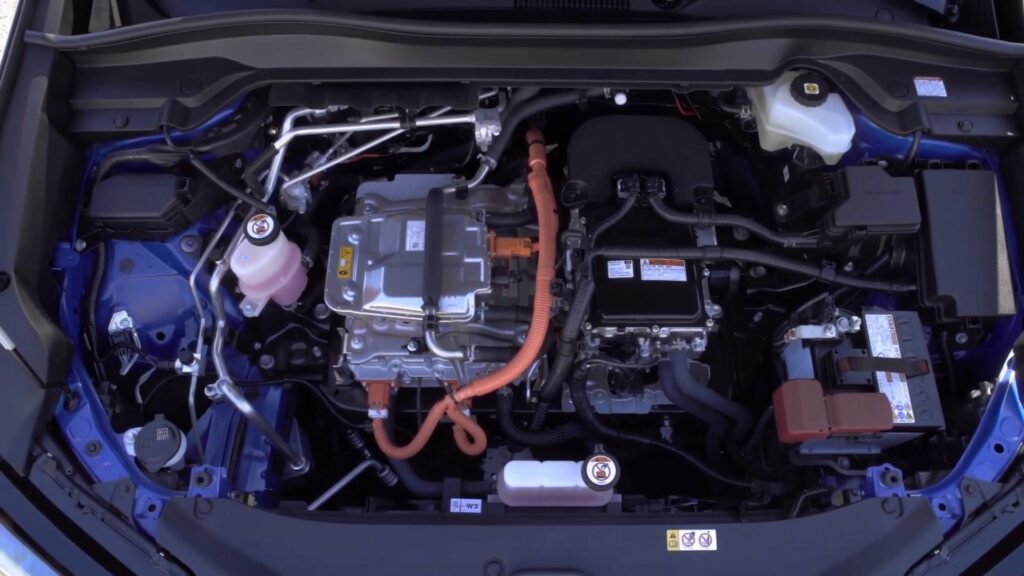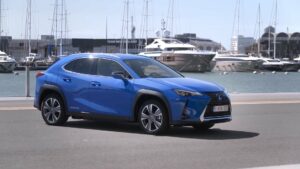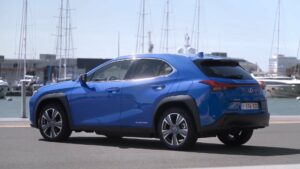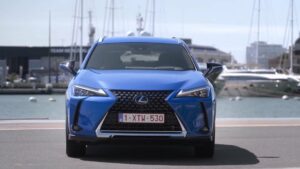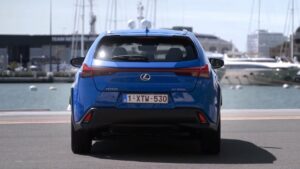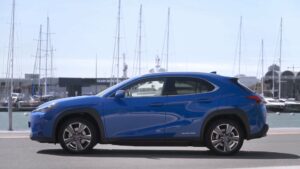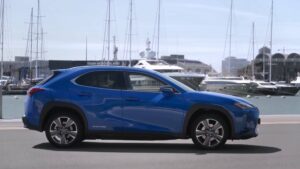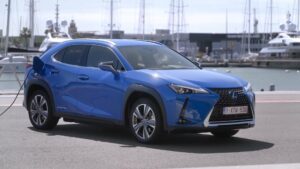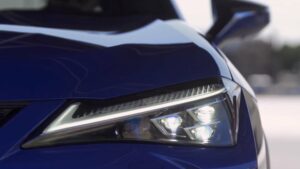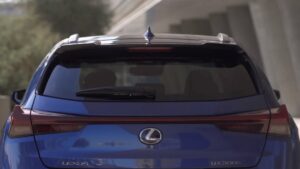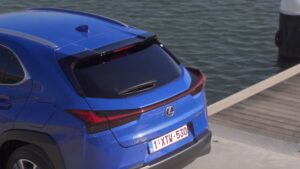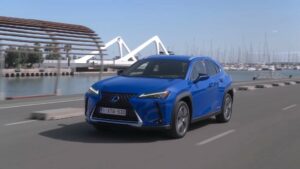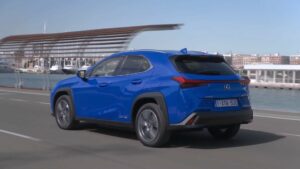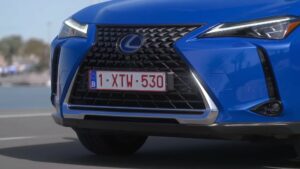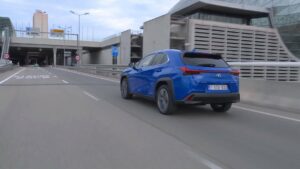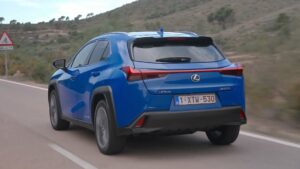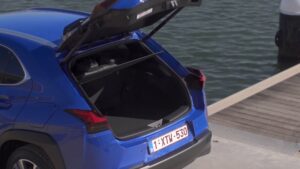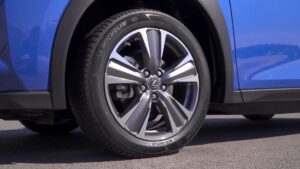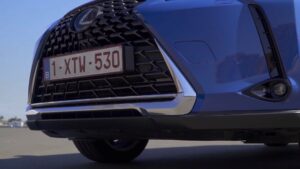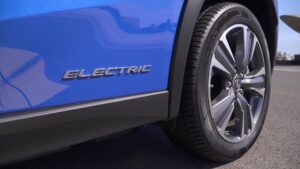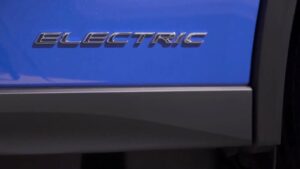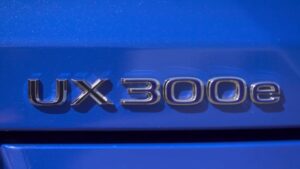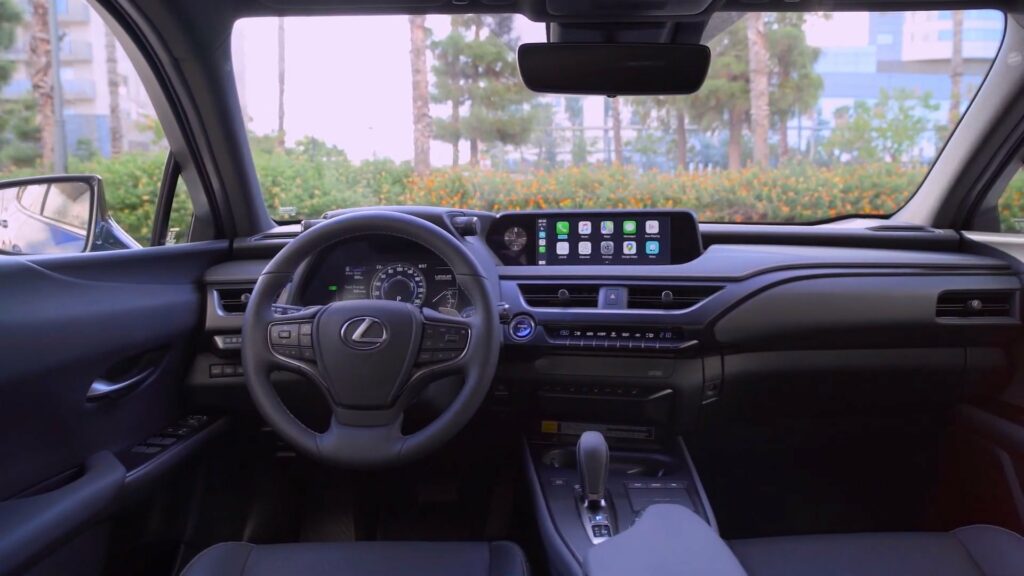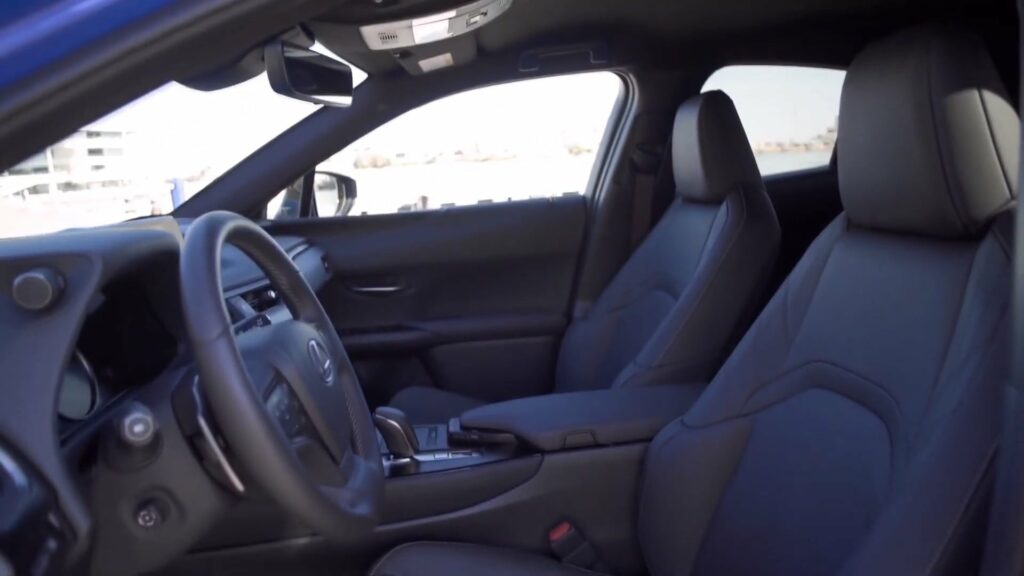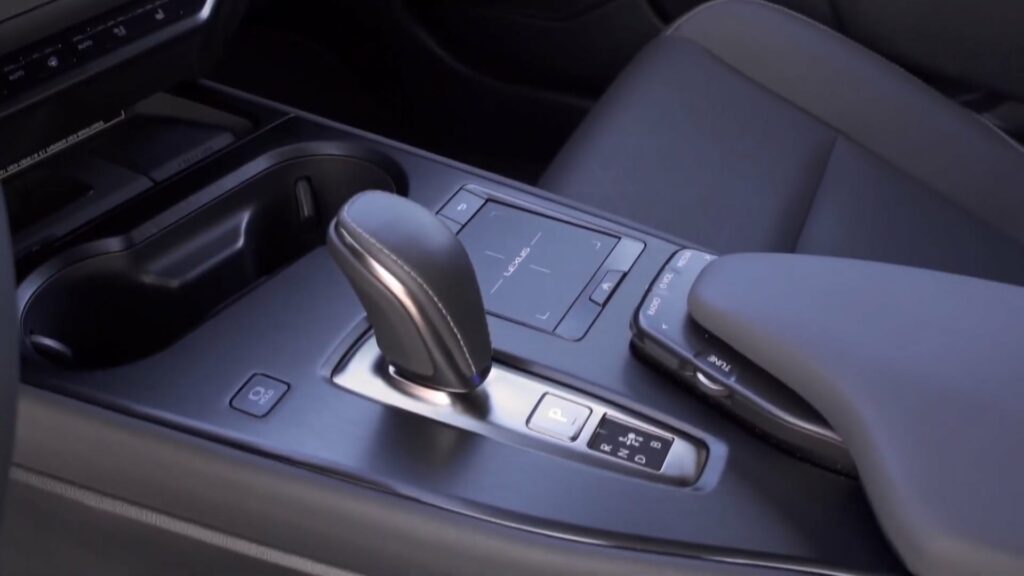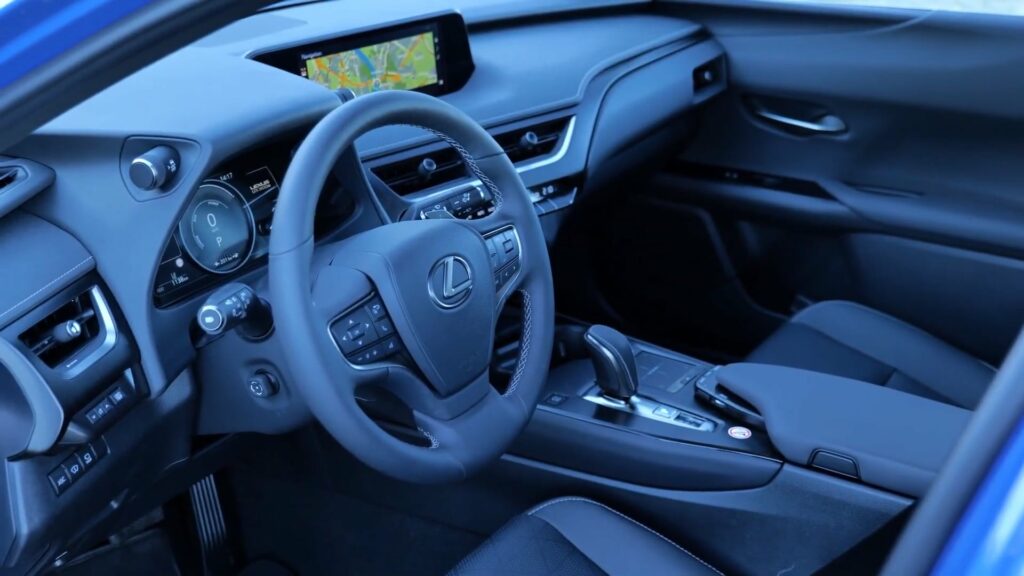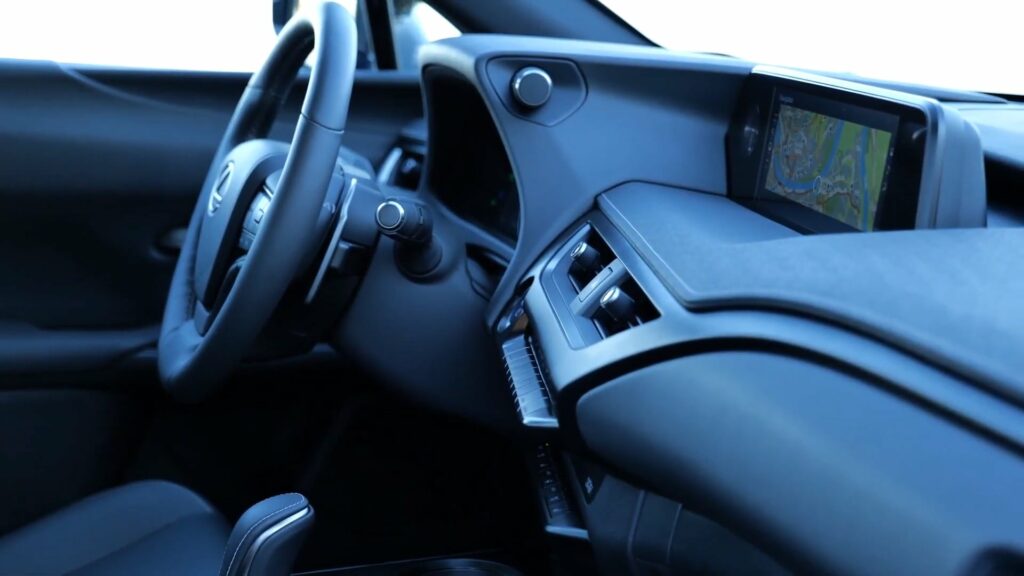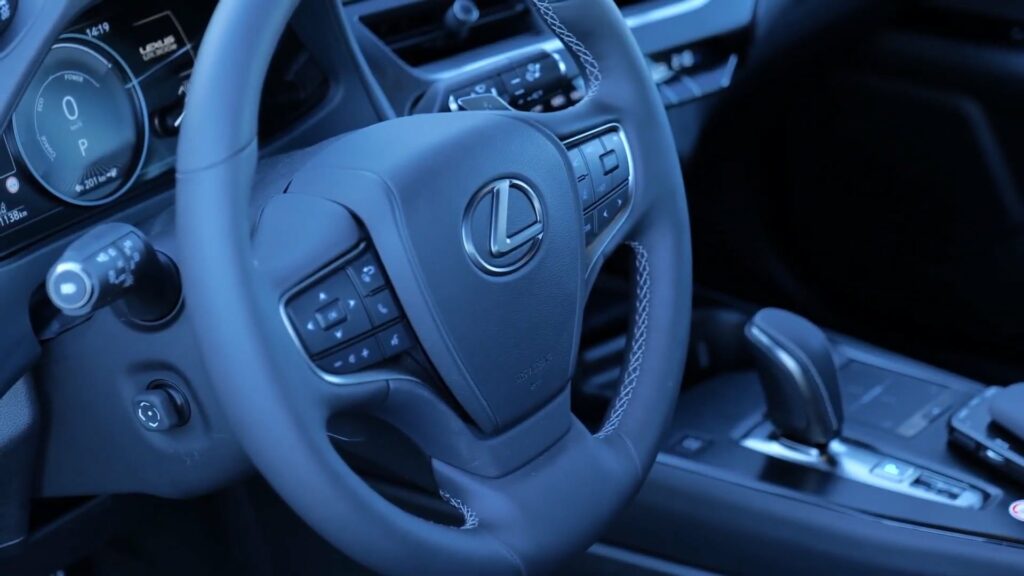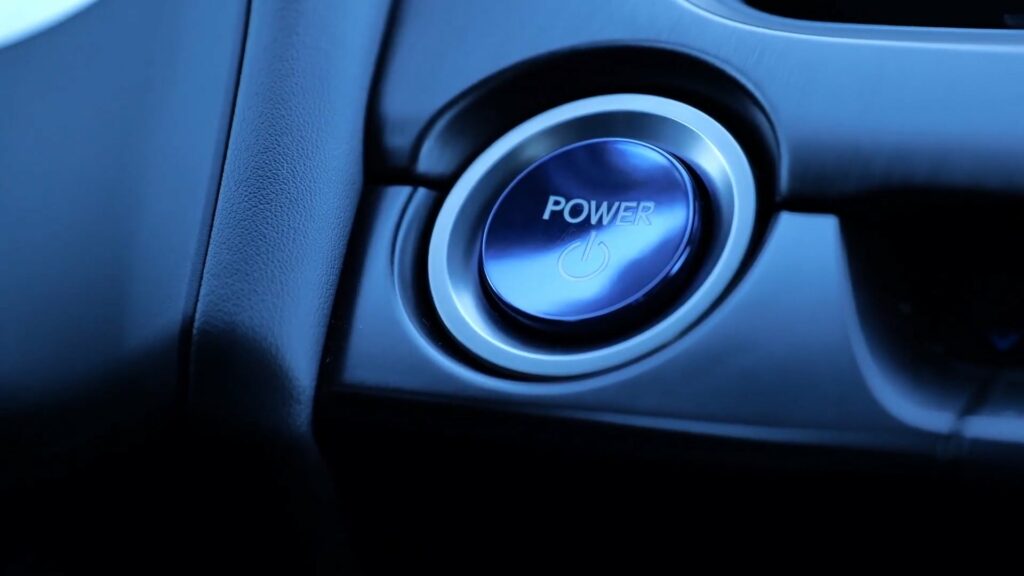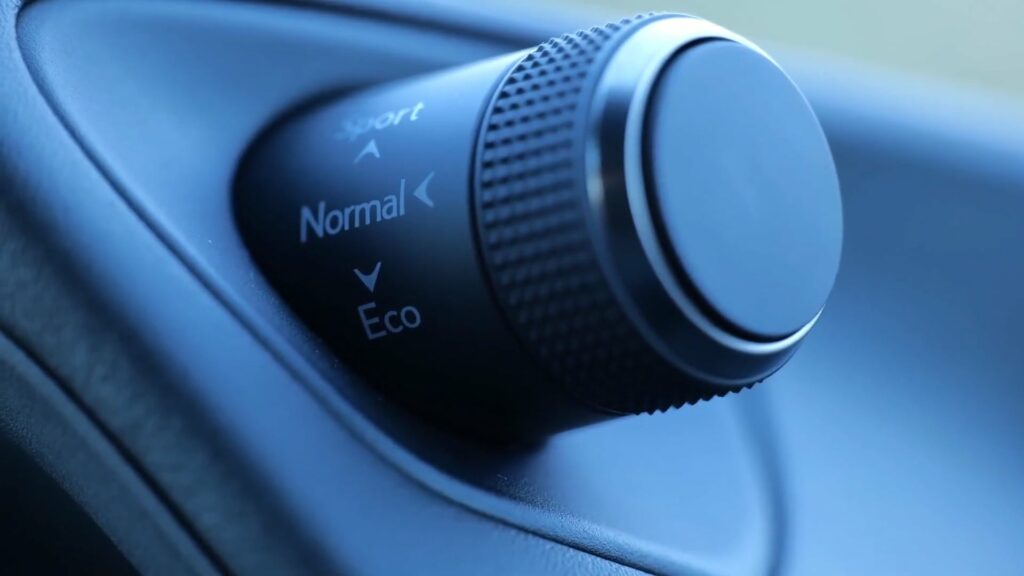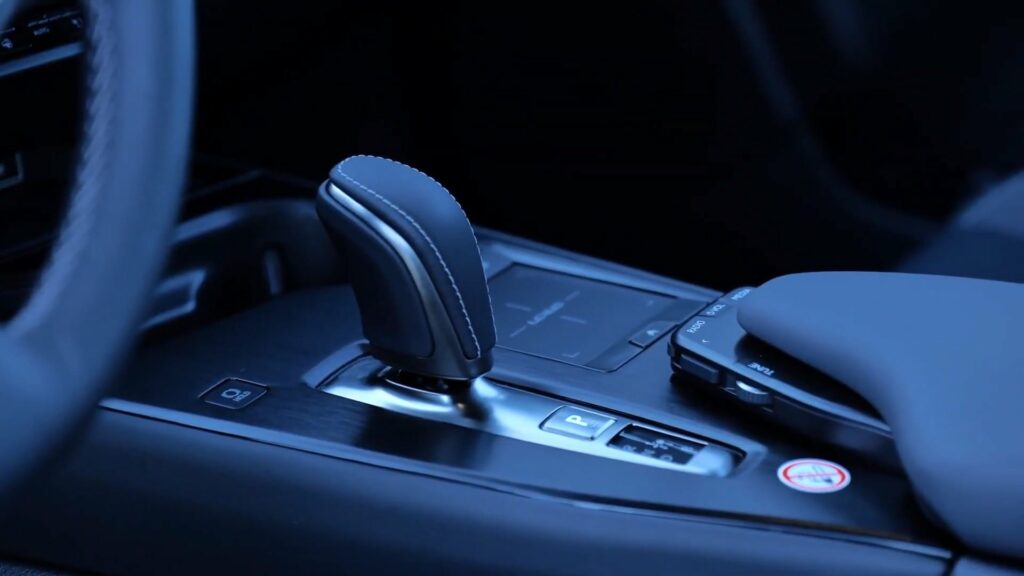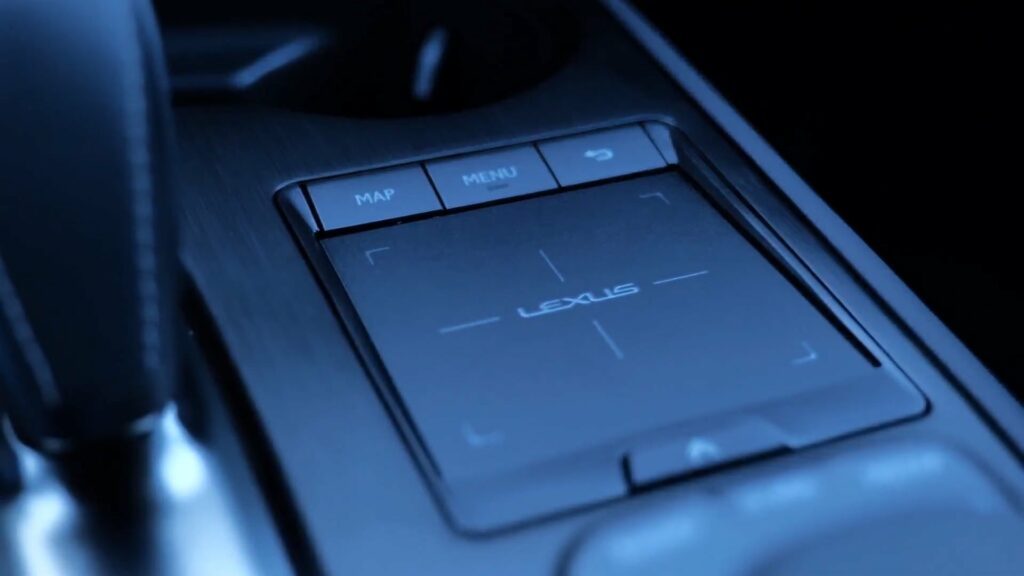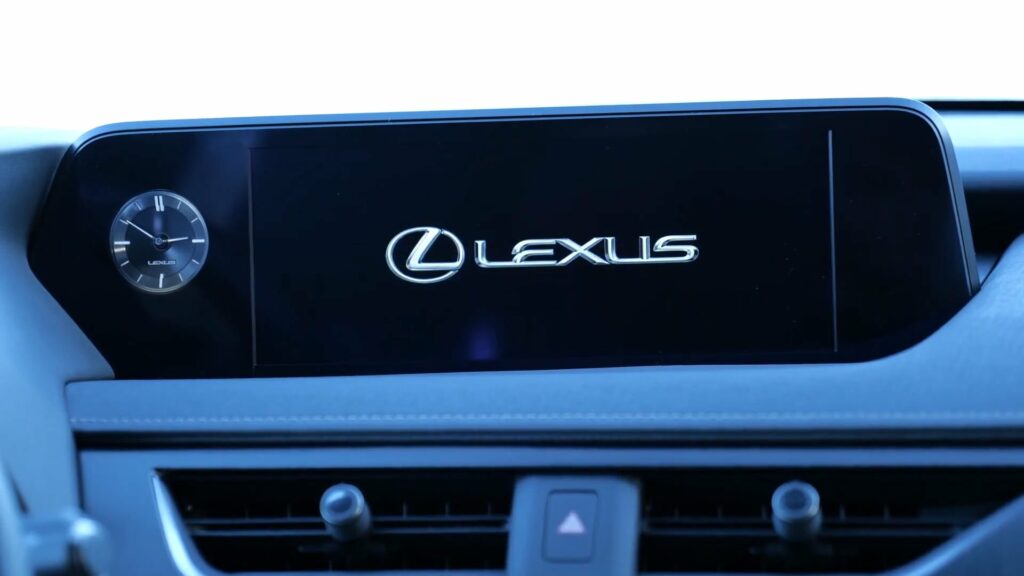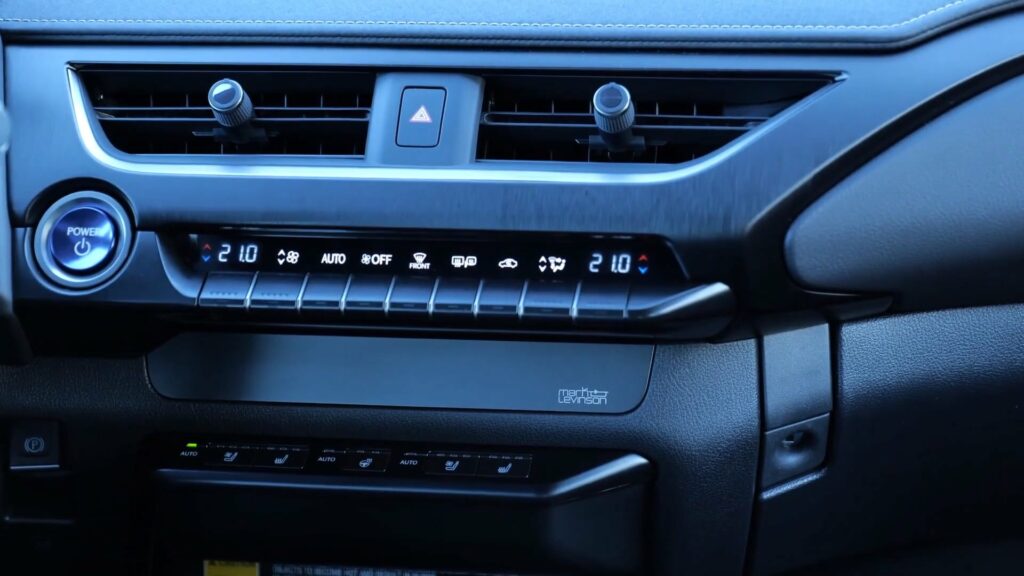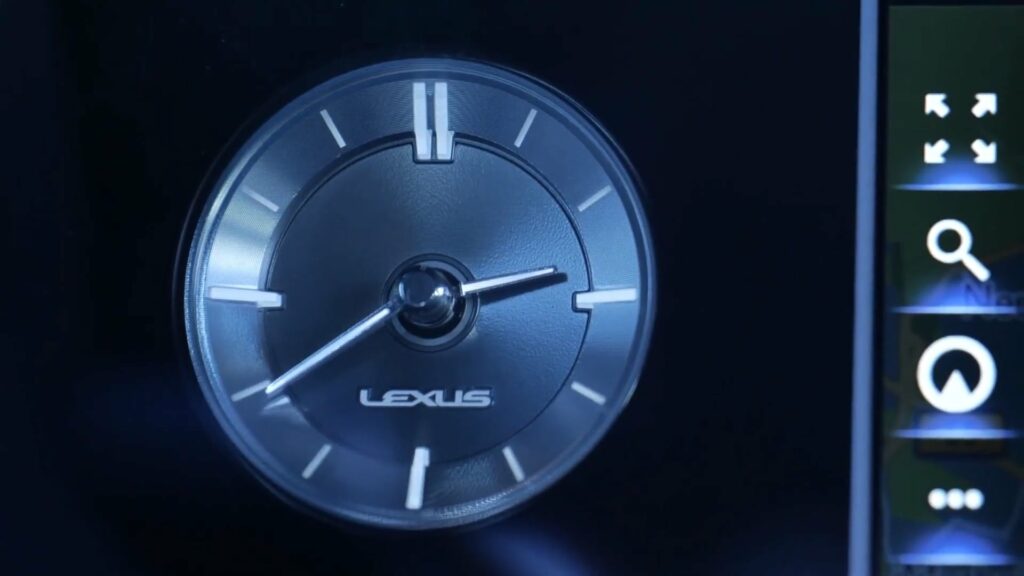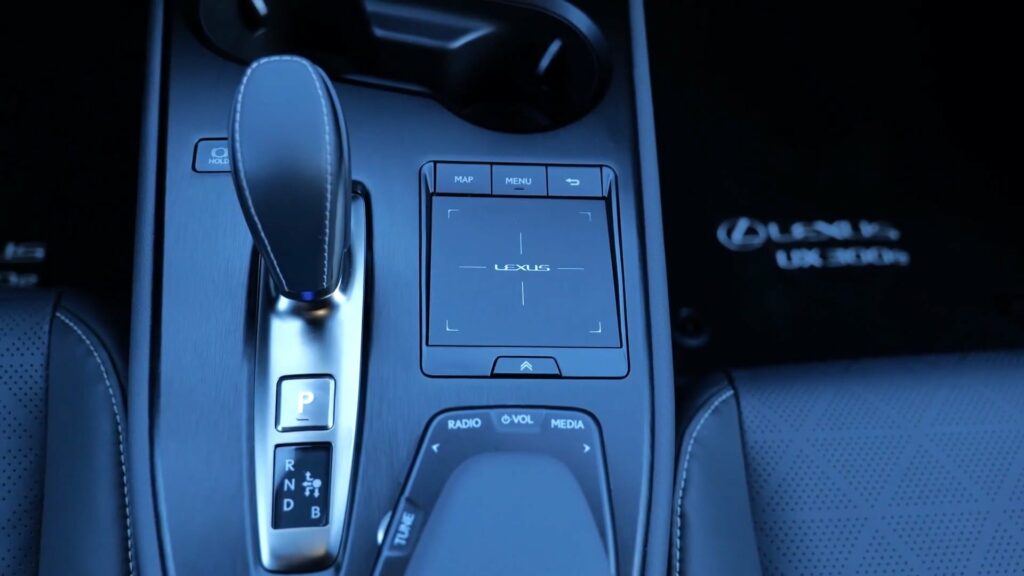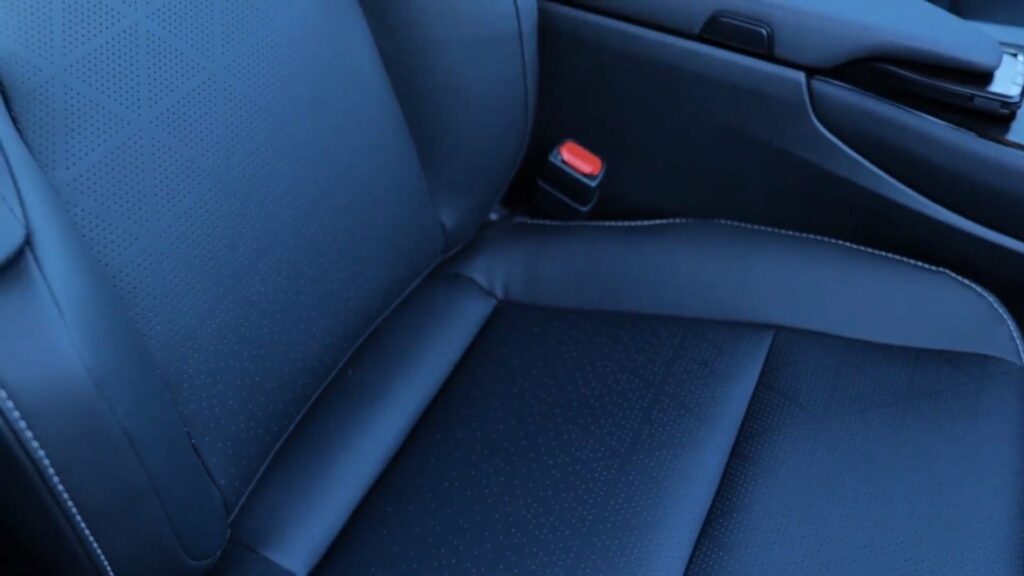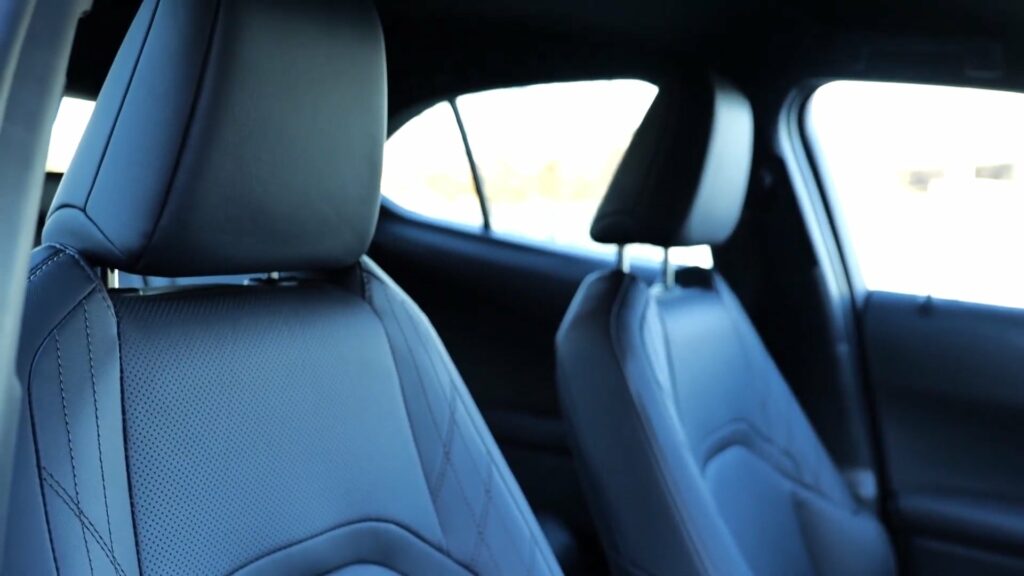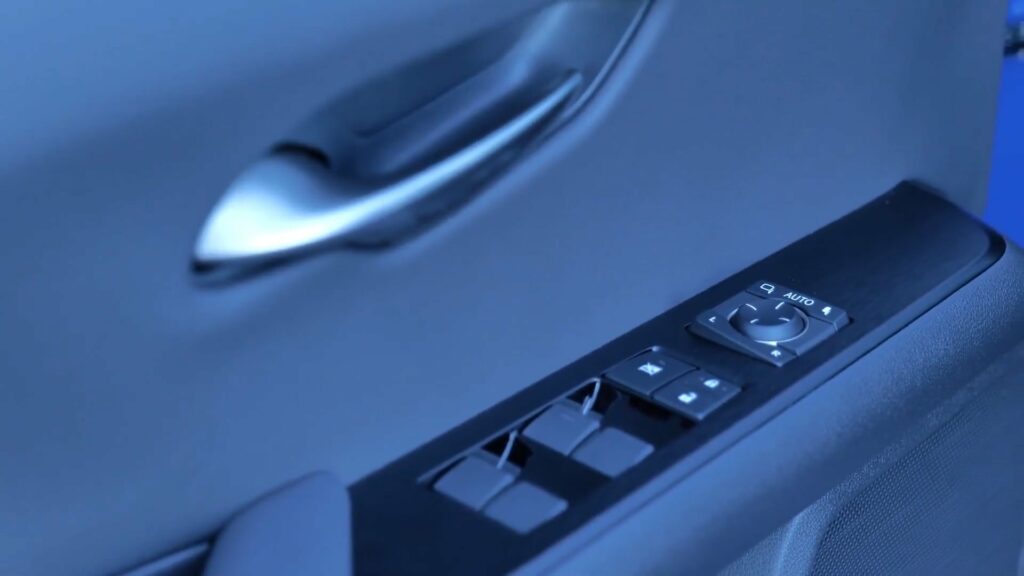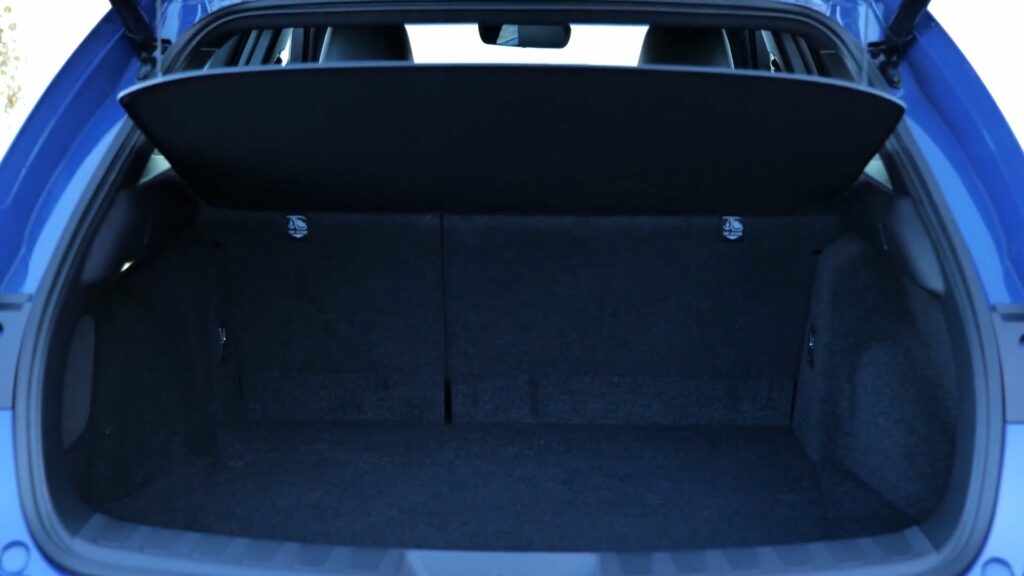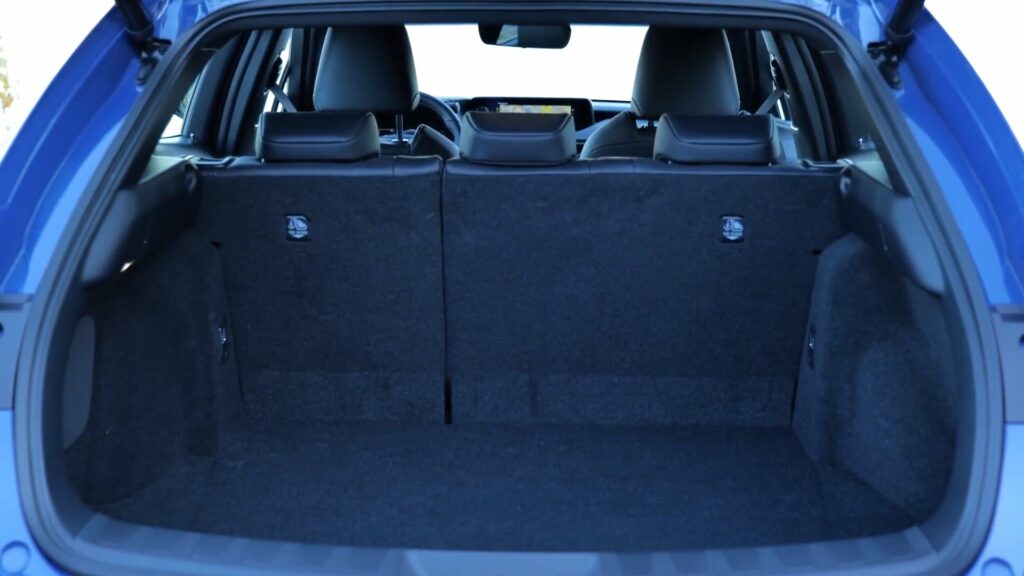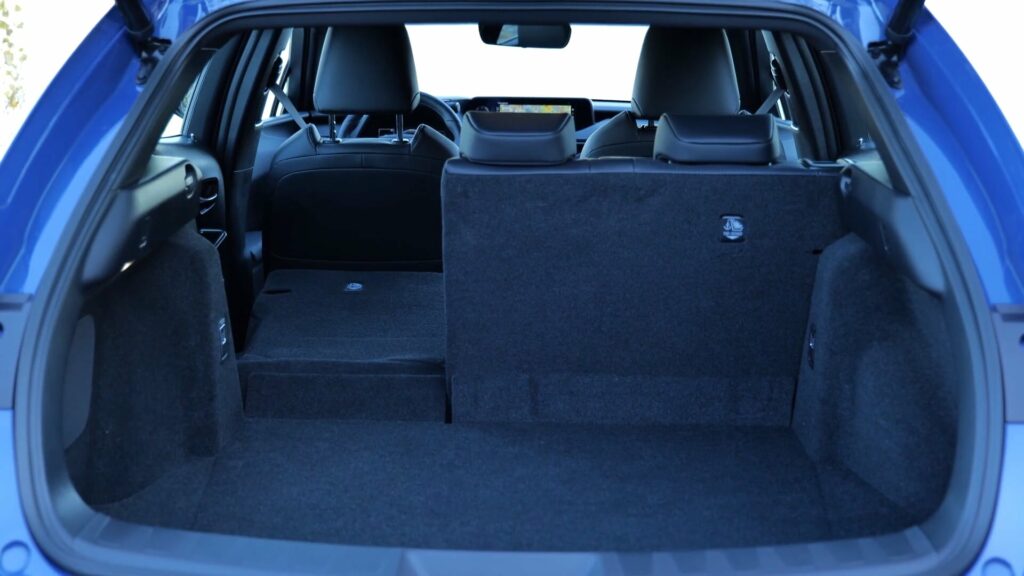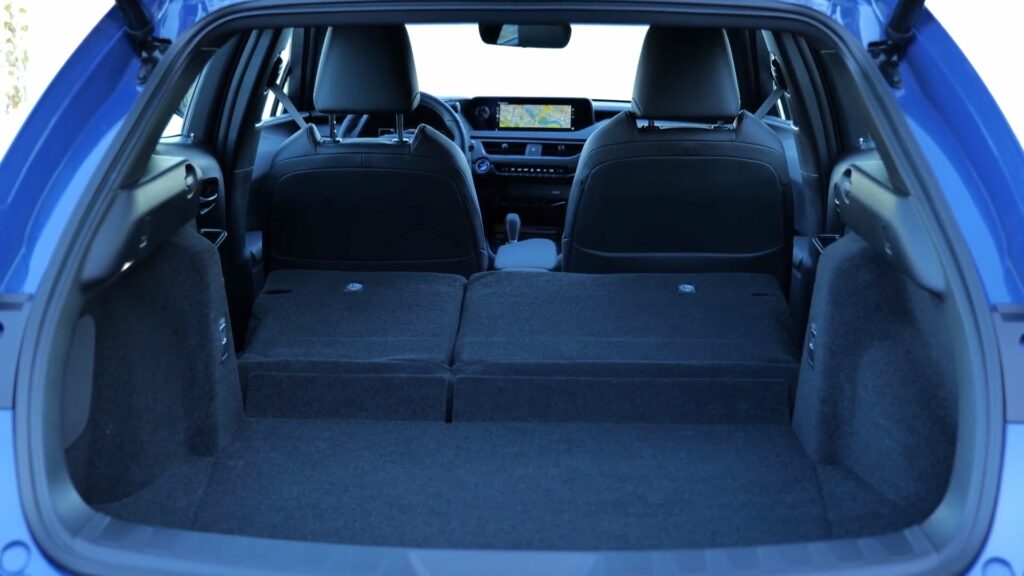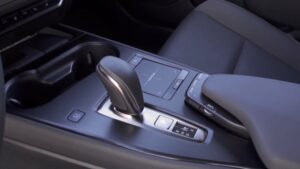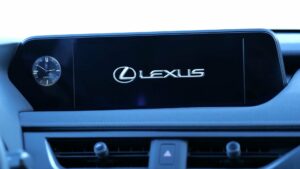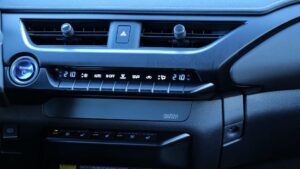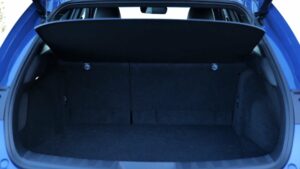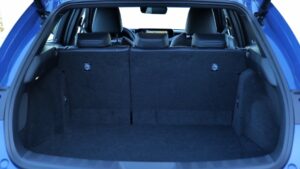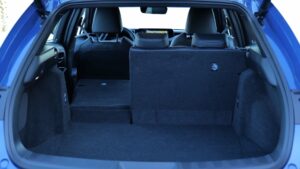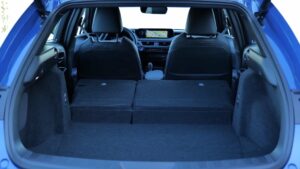Lexus UX 300e
The Lexus UX 300e is a luxury electric SUV produced by Japanese automaker Lexus, a division of Toyota Motor Corporation. It was first unveiled in China in 2019 and then released in Europe in 2020.
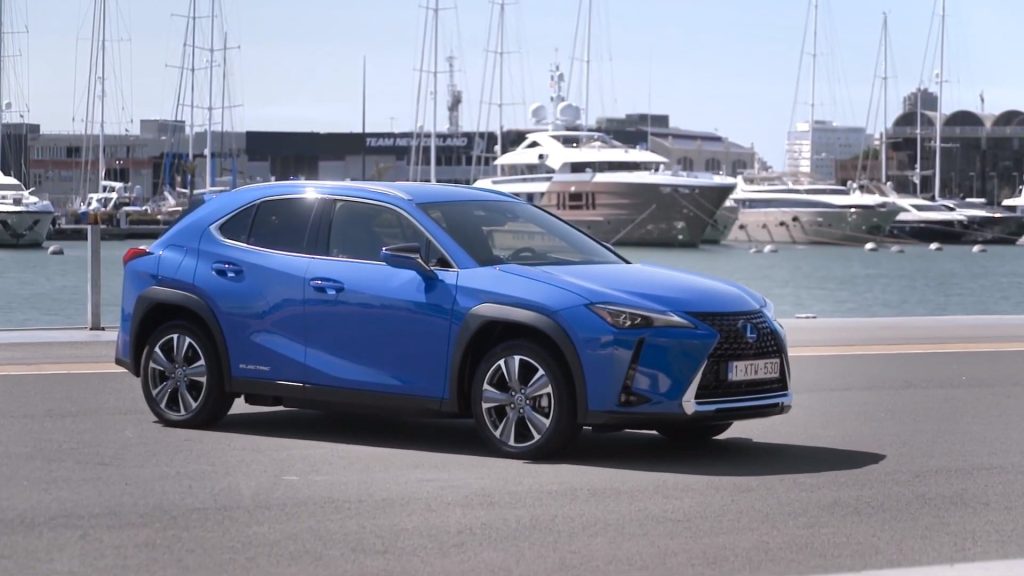
The UX 300e features a 54.3 kWh lithium-ion battery pack that provides up to 260.0 Km of range on a single charge. The electric motor generates a maximum output of 150 kW (201 horsepower) and 300 Nm of torque, allowing the UX 300e to accelerate from 0 to 100 km/h in 7.5 seconds and reach a top speed of 160 km/h.
The UX 300e is also equipped with a number of advanced technologies, including regenerative braking, a heat pump system that helps increase range in cold weather, and an energy-saving air conditioning system that can be controlled remotely via a smartphone app. The battery also comes with a 10-year warranty, one of the longest in the industry.
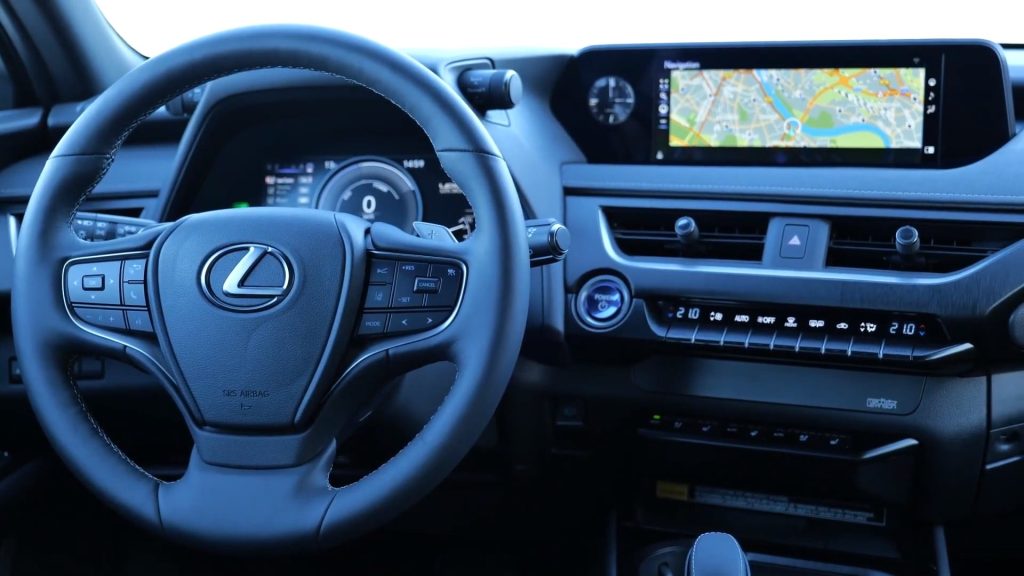
Overall, the Lexus UX 300e offers a combination of luxury, performance, and eco-friendliness, making it a popular choice for buyers looking for a premium electric SUV.
| Performance | |
| Acceleration 0 – 100 km/h | 7.5 sec |
| Top Speed | 160 km/h |
| Electric Range | 260 km |
| Total Power | 150 kW (204 PS) |
| Total Torque | 300 Nm |
| Drive | Front |
| Battery and Charging | |
| Battery Capacity * | 54.3 kWh |
| Battery Useable* | 50.0 kWh |
| Europe | |
| Charge Port | Type 2 |
| Port Location | Right Side – Rear |
| Charge Power | 6.6 kW AC |
| Charge Time (0->260 km) | 9 hours |
| Charge Speed | 29 km/h |
| Fastcharge Port | CHAdeMO |
| FC Port Location | Left Side – Rear |
| Fastcharge Power (max) | 35 kW DC |
| Fastcharge Time (26->208 km) | 69 min |
| Fastcharge Speed | 150 km/h |
| Energy Consumption | |
| EVDB Real Range | |
| Range | 260 km |
| Vehicle Consumption | 192 Wh/km |
| CO2 Emissions | 0 g/km |
| Vehicle Fuel Equivalent | 2.2 l/100km |
| NEDC Ratings | |
| Range | 400 km |
| Rated Consumption | No Data |
| Vehicle Consumption | 125 Wh/km |
| CO2 Emissions | 0 g/km |
| Rated Fuel Equivalent | No Data |
| Vehicle Fuel Equivalent | 1.4 l/100km |
| WLTP Ratings (TEL) | |
| Range | 315 km |
| Rated Consumption | 168 Wh/km |
| Vehicle Consumption | 159 Wh/km |
| CO2 Emissions | 0 g/km |
| Rated Fuel Equivalent | 1.9 l/100km |
| Vehicle Fuel Equivalent | 1.8 l/100km |
| WLTP Ratings (TEH) | |
| Range | 305 km |
| Rated Consumption | 170 Wh/km |
| Vehicle Consumption | 164 Wh/km |
| CO2 Emissions | 0 g/km |
| Rated Fuel Equivalent | 1.9 l/100km |
| Vehicle Fuel Equivalent | 1.8 l/100km |
|
TEL = Test Energy Low | TEH = Test Energy High
|
|
|
Rated = official figures as published by manufacturer. Rated consumption and fuel equivalency figures include charging losses.
|
|
|
Vehicle = calculated battery energy consumption used by the vehicle for propulsion and on-board systems.
|
|
| Real Energy Consumption between 128 – 270 Wh/km | |
| City – Cold Weather | 189 Wh/km |
| Highway – Cold Weather | 270 Wh/km |
| Combined – Cold Weather | 227 Wh/km |
| City – Mild Weather | 128 Wh/km |
| Highway – Mild Weather | 213 Wh/km |
| Combined – Mild Weather | 167 Wh/km |
|
Energy use for each trip will vary considerably depending on the driver and the conditions. Therefore, we have provided a range of estimates which can be useful in developing an understanding of the potential benefits of this technology. |
|
| Dimensions and Weight | |
| Length | 4495 mm |
| Width | 1840 mm |
| Width with mirrors | 2078 mm |
| Height | 1545 mm |
| Wheelbase | 2640 mm |
| Weight Unladen (EU) | 1860 kg |
| Gross Vehicle Weight (GVWR) | 2245 kg |
| Max. Payload | 460 kg |
| Cargo Volume | 367 L |
| Cargo Volume Max | No Data |
| Cargo Volume Frunk | No Data |
| Roof Load | No Data |
| Tow Hitch Possible | No Data |
| Towing Weight Unbraked | 0 kg |
| Towing Weight Braked | 0 kg |
| Vertical Load Max | No Data |
| Miscellaneous | |
| Seats | 5 people |
| Isofix | Yes, 2 seats |
| Turning Circle | No Data |
| Platform | Toyota GA-C |
| Car Body | SUV |
| Segment | JC – Medium |
| Roof Rails | Yes |
| EV Dedicated Platform | No |
Home and Destination Charging (0 -> 100%)
A public charging station is required to use the highest possible charging rate. The EVSE/charging station’s charging capacity affects how long it takes to fully charge the battery. The table below shows all possible options for fully charging the Lexus UX 300e.
In Europe, plugging an electric car into an outlet is often as easy as plugging it into a household outlet, but there are differences from country to country. The table below shows the different ways to charge the Lexus UX 300e, but in some countries some chargers may not be available.
Type 2 ( IEC 62196)

| Charging Point | Max. Power | Power | Time | Rate |
| Wall Plug (2.3 kW) | 230V / 1x10A | 2.3 kW | 25h45m | 10 km/h |
| 1-phase 16A (3.7 kW) | 230V / 1x16A | 3.7 kW | 16 hours | 16 km/h |
| 1-phase 32A (7.4 kW) | 230V / 1x29A | 6.6 kW | 9 hours | 29 km/h |
| 3-phase 16A (11 kW) | 230V / 1x16A | 3.7 kW | 16 hours | 16 km/h |
| 3-phase 32A (22 kW) | 230V / 1x29A | 6.6 kW | 9 hours | 29 km/h |
Fast Charging (10 -> 80%)
If you want to enjoy driving an electric car, one of the most important features to consider is the number of miles per hour the car can travel while charged. This is called the “range” of the car. All electric cars have a certain range, even if they are 100% charged. This is because they do not have an internal combustion engine to lean on if you need to drive a long distance.
Max. Power: The maximum power provided by the charging point
Avg. Power: The average power provided by the charging point during a session of 10% to 80%.
Time: the time it takes to charge from 10% to 80%
Speed: the average charging rate during the session of 10% to 80%
CHAdeMO

| Charging Point | Max. Power | Avg. Power | Time | Rate |
| CHAdeMO (50 kW DC) | 35 kW | 32 kW | 69 min | 150 km/h |
| Brand | Lexus |
| Model | UX 300e |
| Body Style | SUV |
| Car Engine | electric |
| Motor power | 150 |
| Maximum Torque, Nm | 300 |
| Battery Energy, kWh | 54.3 |
| Power reserve (NEDC/EPA/WLTP), km | - / - / 260 |
| Level Charging (230/400/DC), hours | - / - / 0.69 |
| Electrical Acceleration, 0-100 km/h (0-62.1 mph) in sec | 7.5 |
| Top Speed, km/h | 160 |

